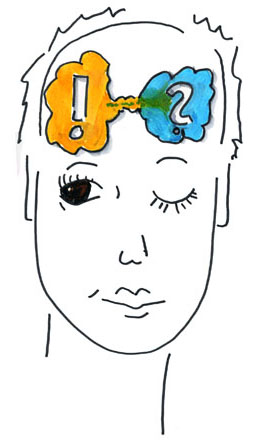Visual Communication

Visual perception is right at the heart of information processing. With our natural preference for visual learning, up to 30 percent more content can be committed to long-term memory.
Visual thinking also stimulates additional regions of the brain.
It combines logic with creative thinking and helps overcome cognitive barriers – this systematically leads to good ideas.
Images as a universal language
Unlike jargon or technical terms, images are generally understood by everyone. Whether they are archetypes or learned, contemporary icons, pictures transcend culture and language barriers. They integrate various age, education, and development levels. Images are didactic and facilitate knowledge transfer; they work intuitively and associatively.
_Visual representations encourage creativity
_Visual representations convey information
_Visual representations give abstract concepts a “face”
_Visual representations create shared visions
Live Drawing
Manual work is effective – you can achieve a lot with very little.
Drawing provides variety, is colorful and active. It’s fun to watch something come into existence and grow. Active listening also increases your attention span.
In the flow
Procedures become comprehensible, contents and timeframes are recorded, and so even wrong turns become visible.
Graphic recordings can spark discussions while documenting the entire process, leave ample space for further developments and provide a foundation for following debates.
One big picture instead of slideshows
One large sized overview will display context and contents side by side, not successively. The central points won’t be covered up by minute details, or clicked away. The large format provides a clear overview, which encourages and facilitates participation, helping to improve group dynamics and increase mutual exchange and understanding.
